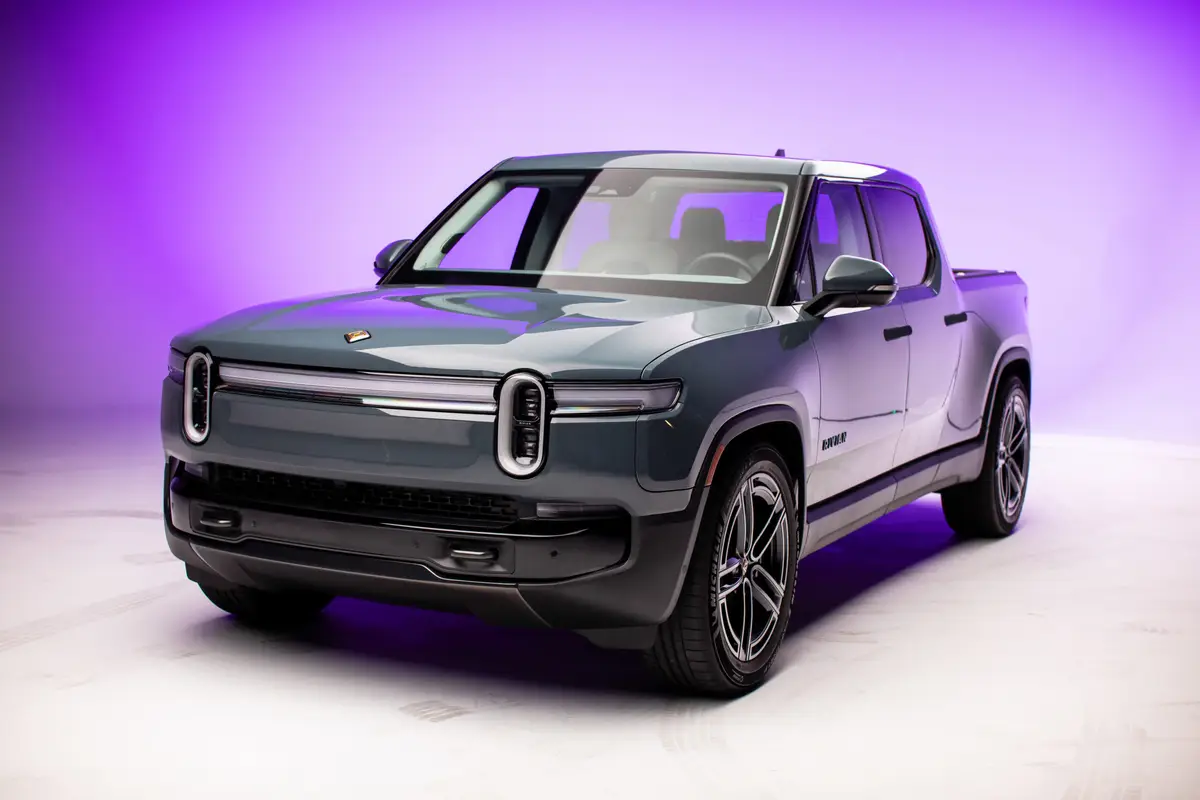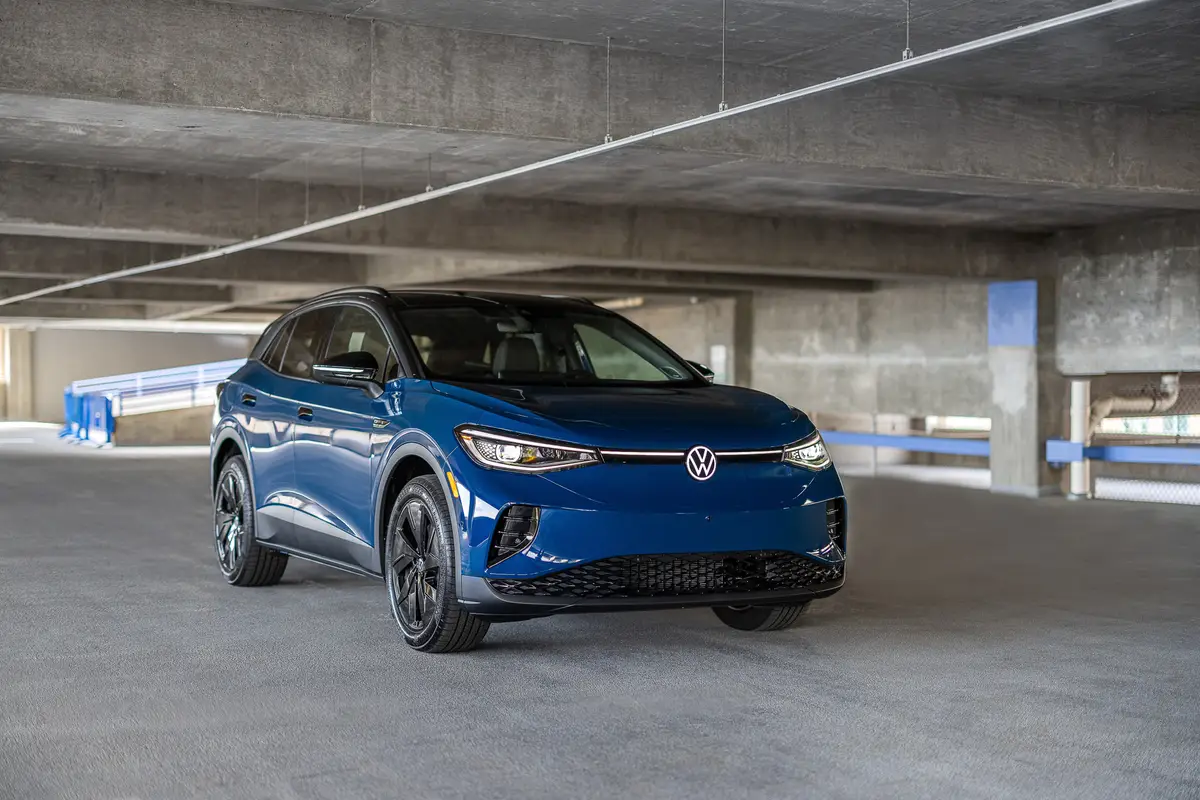washingtonpost.com's view
JACK TELNACK is a wisp of a man with an affection for European suits, subtly patterned shirts and shoes of soft leather. His neckties are works of art. He is an unusual Detroit auto executive. He understands that life is more than pinstripes.
Telnack is Ford Motor Co.’s styling chief. He brought us the swoop-nosed Ford Taurus and Mercury Sable in 1986, when they were revolutionary family sedans that ended the reign of boxiness in automotive design.
Now Telnack has done it again. The proof is in the reshaped 1996 Mercury Sable LS. The car’s body is so taut and round, it flirts with the obscene.
In the main, the new Sable is orbiculate art, replete with rounded headlamps, rounded turn signals, rounded turn-signal repeaters (those little amber lamps embedded in the car’s lower front fenders). The design is consistent, flowing front to rear, moving from the exterior to the interior. Inside, there’s a curvaceous dashboard and an ovoid center console, the latter festooned with big, oval buttons to facilitate operation of the car’s heating, cooling and sound systems.
Background: It’s a marketing risk. The Sable and its virtually identical sibling, Ford Taurus, together are America’s best-selling cars. That means they are aimed at the nation’s psychological and economic middle. Doing something radically sexy in that segment can lead to market trouble. But Telnack and other Ford officials are betting $2.5 billion in development costs that they are just as right about the new Sable and Taurus as they were about the cars’ predecessors 10 years ago. The market greeted those first models with caution and disdain, but the negative feelings eventually turned to enthusiastic acceptance.
Detroit and the rest of the car world learned something from that experience: Even conservatives have libidos. They want something different, exciting, stylish and fun — even in a family sedan. That’s what they’re getting in the new Sable and Taurus, along with structural and mechanical improvements.
For example, the feel of the tested 1996 Mercury Sable LS is different from that of the 1995 model. The old car was good, but marked by a certain looseness in steering and handling. The new car, which has greater torsional rigidity, feels tighter and more competent in curves.
The new Sable is 7.5 inches longer than its predecessor. The Taurus has grown 5.4 inches longer than its 1995 version. Both cars are two inches wider. Most of that additional length and width shows up in better cabin space.
The standard engine for the front-wheel-drive 1996 Sable/Taurus is Ford’s 3-liter Vulcan V-6 rated 145 horsepower at 4,525 rpm. Max torque is set at 170 pound-feet at 3,250 rpm. That engine is in the base Taurus GL and Sable GS.
The higher-line Sable LS and Taurus LX models get Ford’s 3-liter, 24-valve, double-overhead cam Duratec V-6 rated 200 horsepower at 5,750 rpm, with torque set at 200 pound-feet at 4,500 rpm.
Standard equipment in all new Sable and Taurus models includes dual front air bags, 5 mph bumpers, completely redone suspension systems designed to eliminate vibrations that were present in earlier models, power front discs/rear drum brakes, and a four-speed automatic transmission. A Bosch-engineered ABS-V anti-lock braking system is optional.
Complaints: The Sable’s new super-round design means less trunk space, down to 15.8-cubic feet in the current model from 18 cubic feet in the previous car. The companion Taurus suffered a similar trunk shrinkage.
Two other gripes: Older folks complained that the new Sable’s front seats were too firm and narrow. Also, Ford still has no idea of where to place the hazard-light switch in its cars. You still have to reach through the top opening of the steering wheel to activate the switch, which is atop the steering-wheel column.
Praise: Excellent redesign. Daring, exciting. Excellent construction.T e new Sable is hot enough to satisfy Madonna.
Ride, acceleration and handling: Two aces for ride and handling, although there’s some disagreement on the ride. I liked the new car’s firmness and solidity, but some owners of older Sables said they preferred a softer ride.
Its ability to change lanes quickly is excellent, but its acceleration from stop, the 0-to-60-mph stuff, gets no applause. We’re talking nearly 12 seconds with the 24-valve V-6 Sable LS. Jeez!
Braking was excellent on wet and dry roads. The test car was equipped with the optional Bosch anti-locks.
Sound system: Six-speaker AM/FM stereo radio and cassette, Ford JBL Premium Sound System. Excellent.
Mileage: About 23 miles per gallon (16.1-gallon tank, estimated 355-mile range on usable volume of regular unleaded), combined city-highway, running with two occupants and light cargo.
Price: Base price on the 1996 Mercury Sable LS is $21,295. Dealer invoice price is $19,472. Price as tested is $21,845 including $550 in transportation charges. The Sable LS has much standard equipment, such as the 24-valve, 200-horsepower V-6 engine. Prices are preliminary, and are provided by Automobile Invoice Service of Sunnyvale, Calif.
Purse-strings note: The 1996 Sable and Taurus cars are very competitive mid-size cars. Compare with Honda Accord, Toyota Camry, Mazda 626, Nissan Maxima, Audi A4, Chrysler Concorde, Dodge Intrepid, Eagle Vision, Chevrolet Lumina, Mitsubishi Galant, Volkswagen Jetta III and higher-line Subaru Legacy models.
Latest news



